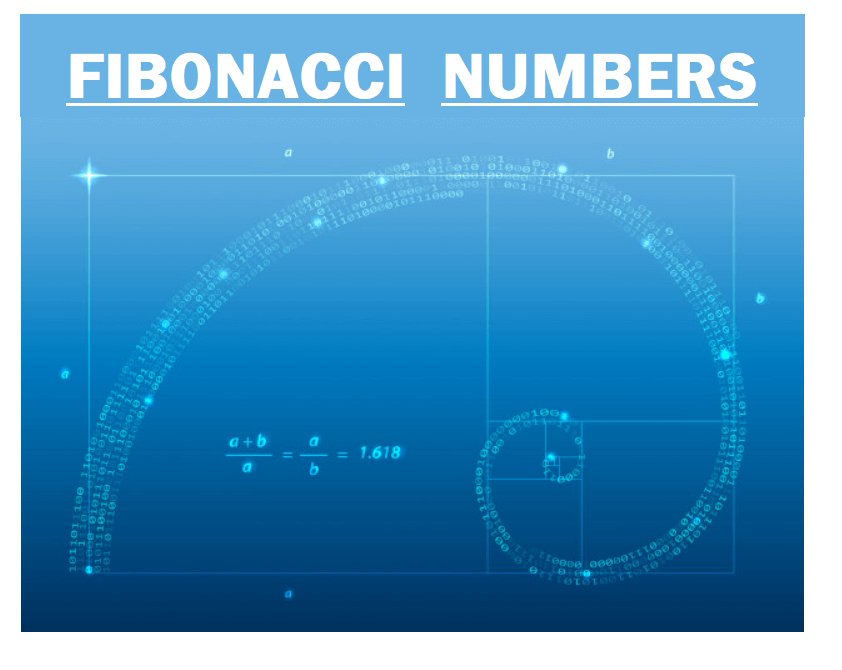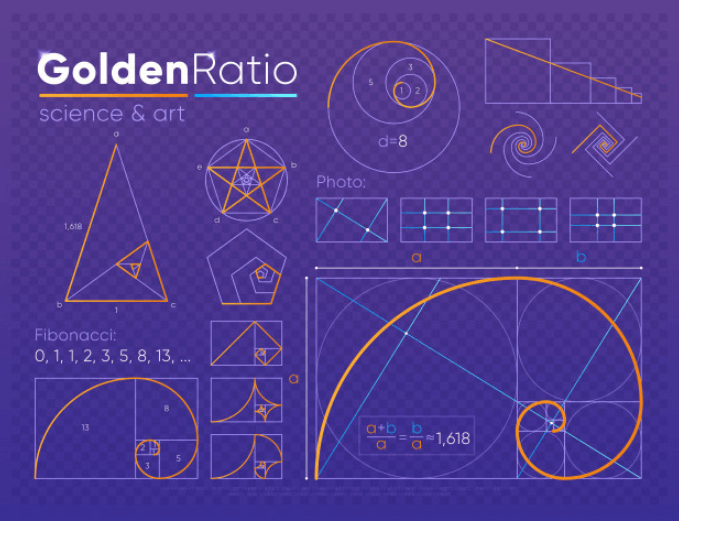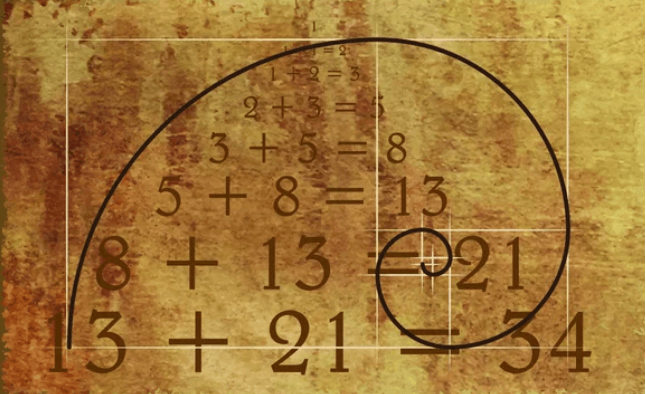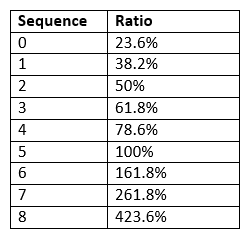Fibonacci Number
Mathematics is the game of numbers. Numbers are present everywhere you move or look around. Some specific serial numbers exist in nature. One such sequence of numbers is called "Fibonacci numbers". In this tutorial, we will cover the definition of Fibonacci numbers, with detailed information including its history, application, formula derivation to provide you a better insight into the topic. What is Fibonacci numbers?Fibonacci numbers are mathematical sequential number used across the world by programmers, mathematicians, and traders to create technical and financial indicators using a mathematical sequence. For example, the first few digits of the Fibonacci numbers are as follows:
Fibonacci Series: 0, 1, 1, 2, 3, 5, 8, 13, 21, 34, 55, 89,144, 233, 377, 610….
Origin of Fibonacci NumbersThe term "Fibonacci numbers" was inspired from an Italian mathematician Leonardo of Pisa, who was also named as Fibonacci. However, the concept of the Fibonacci sequence was discovered by Indian mathematics as early as 200 BC and has also been mentioned in his scripts by Pingala on enumerating patterns of Sanskrit poetry created from syllables of two lengths. Fibonacci numbers emerged surprisingly in mathematics, and people were curious to know it beginning that they dedicated a whole journal related to Fibonacci named "the Fibonacci Quarterly." All the applications that use the concept of Fibonacci series also include the usage of various machine algorithms, unlike the Fibonacci search algorithm and the Fibonacci heap data structure and graphs (also known as Fibonacci cubes), which are widely used in the technical world for interrelating parallel and distributed networks. Not only in science or computers, but Fibonacci has also witnessed its presence in natural settings, unlike the pattern followed by tree branches, the number of veins in a leaf, on a stem, the fruit, the flowering or the petals, an uncurling palm leaf, and spirals of plants. Fibonacci and the Golden Ratio
The Fibonacci series is substantial because it works on the concept of golden ratio and is present in a sequenced numeric form of 1.618 or inverse 0.618 or a ratio of 1:1.6. In the Fibonacci, the Golden Ratio sequence of numbers follows a basic math formula where any assigned number is approximately 1.618 times the former number (neglecting the first few numbers). Towards the right of the sequence, you will notice that each number is also 0.618 (again neglecting the first few numbers in the series). The golden ratio (ratio 1:1.6) is universal, and it describes everything that we look into nature. The structuring of bracts seed cones, the composition of leaves on a stem, the fruit, the flowering or the petals, or even the magnetic resonance of spins in crystals. Fibonacci Sequence Formula Derivation
Mathematicians usually denote the Fibonacci numbers using the 'Nn' abbreviation. Each number is the sum of the two previous number presents in the Fibonacci sequence, where the numbers start from 0 and 1.
N0 = 0, N1=1,
and
Nn = Nn-1 + Nn-2,
where n >2 Therefore, the first 21 Fibonacci numbers Nn are given in the following table: 
The above Fibonacci sequence is for positive numbers but it can also be stretched to a negative index of 'n', practicing the re-arranged recurrence connection.
Nn-2 = Nn - Nn-1
that produces the series of "negative_fibonacci" numbers satisfying
N-n = (-1)n+1Nn
The bidirectional sequence of Fibonacci numbers is given in the following table: 
Explanation of the Fibonacci sequenceStep 1 The sequence of Fibonacci series follows a basic Math formula of addition that starts with 0 and 1.
Fibonacci Series: 0, 1
Step 2 The Fibonacci series is further created by adding the previous two numbers i.e., 0 + 1 = 1.
Fibonacci Series: 0, 1, 1
Step 3 The last number in the above sequence is 1. Again, you will take the sum of the pervious equation and will add it to generate the series i.e., 1 + 1 = 2
Fibonacci Series: 0, 1, 1, 2
Step 4 At this stage, you will get to notice the concept of the Fibonacci golden ratio and if you continue to follow the above rule, all the below given set of numbers will be formed.
Fibonacci Series: 0, 1, 1, 2, 3, 5, 8, 13, 21, 34, 55, 89,144, 233,…….
Note: The above Fibonacci sequence can also be represented in ratios. It is surprisingly impressive that this ratio remains consistent throughout the series(ignoring the first few numbers) no matter how far you would like to go with this Fibonacci sequence. This mathematical formula expands outward around the ratio of 1:1.6.Fibonacci Numbers and TradingAs per research, it is concluded that many Traders or Investors think that the Fibonacci numbers plays an essential role in the finance as well as stock market. They create ratios or percentages with the help of Fibonacci number sequence. The ratio includes the following chart: 
The above mentioned Fibonacci percentages are practiced using the below given techniques:
ConclusionFibonacci retracements are used mainly by programmers and researchers in the field of technical analysis. Even various traders and investors rely upon Fibonacci ratios and regularly monitor whether they are between 23.6% and 78.6% or not. Hence, Fibonacci retracements are widely used as guides in every possible domain where business could grow. The cost should validate before running on the Fibonacci level. Businesspeople don't know which level will be significant in succession, so they must wait and observe which level the amount esteem before considering a trade.
Next TopicBest Language Learning Apps
|
 For Videos Join Our Youtube Channel: Join Now
For Videos Join Our Youtube Channel: Join Now
Feedback
- Send your Feedback to [email protected]
Help Others, Please Share










